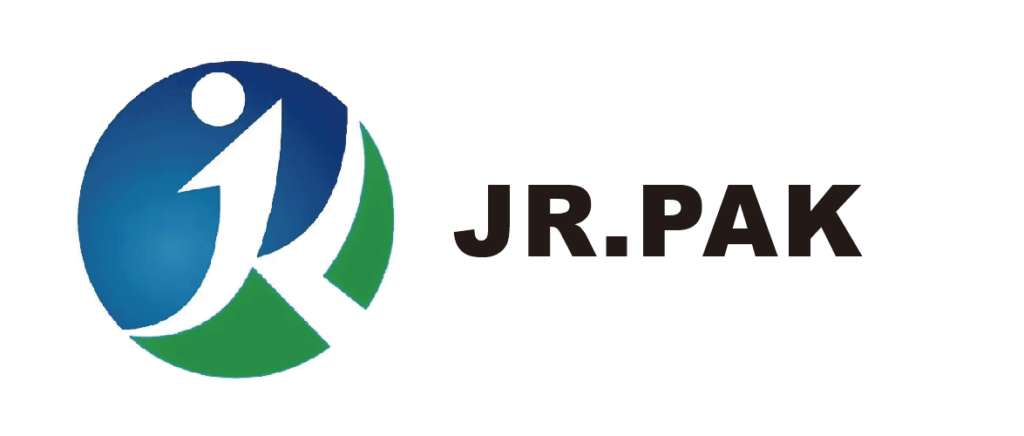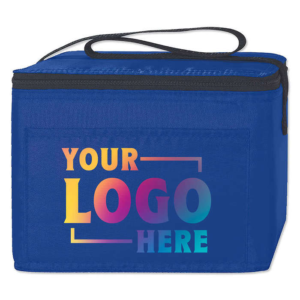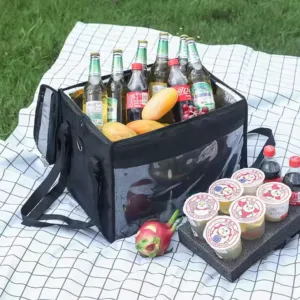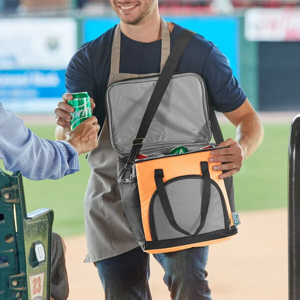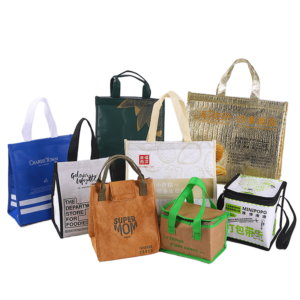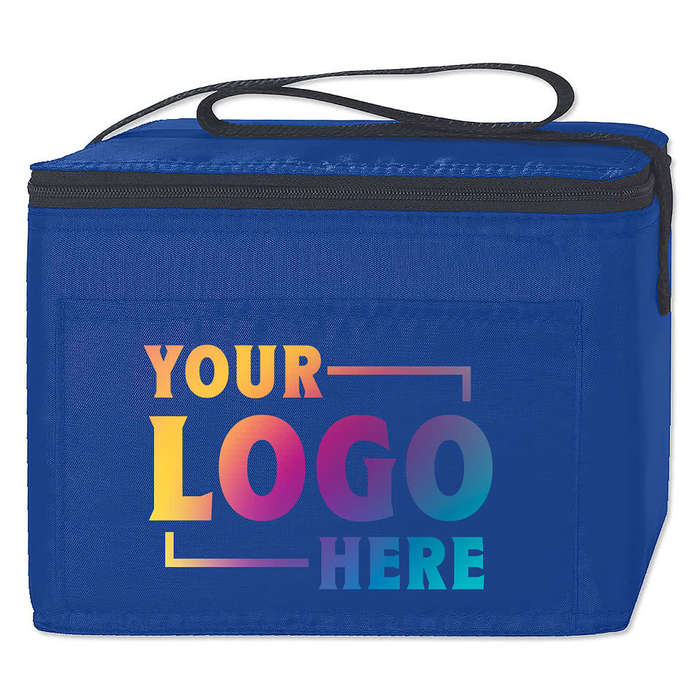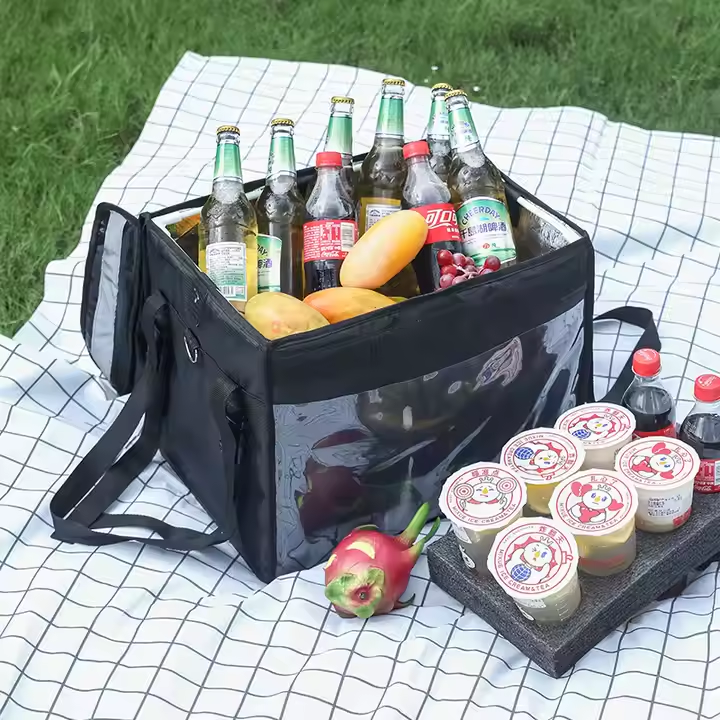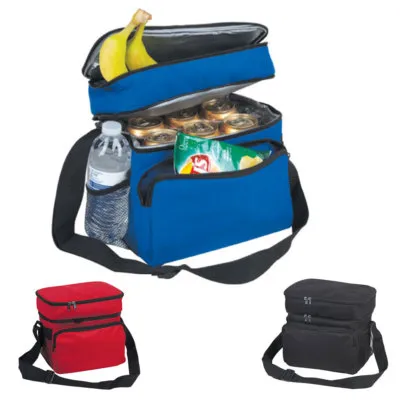Technological advancements in non-woven bag manufacturing are revolutionizing how these products are made and used. This article explores seven key innovations in 2025 that are improving sustainability, efficiency, and product performance.
Top 7 Innovations in Non Woven Bag Manufacturing Technology
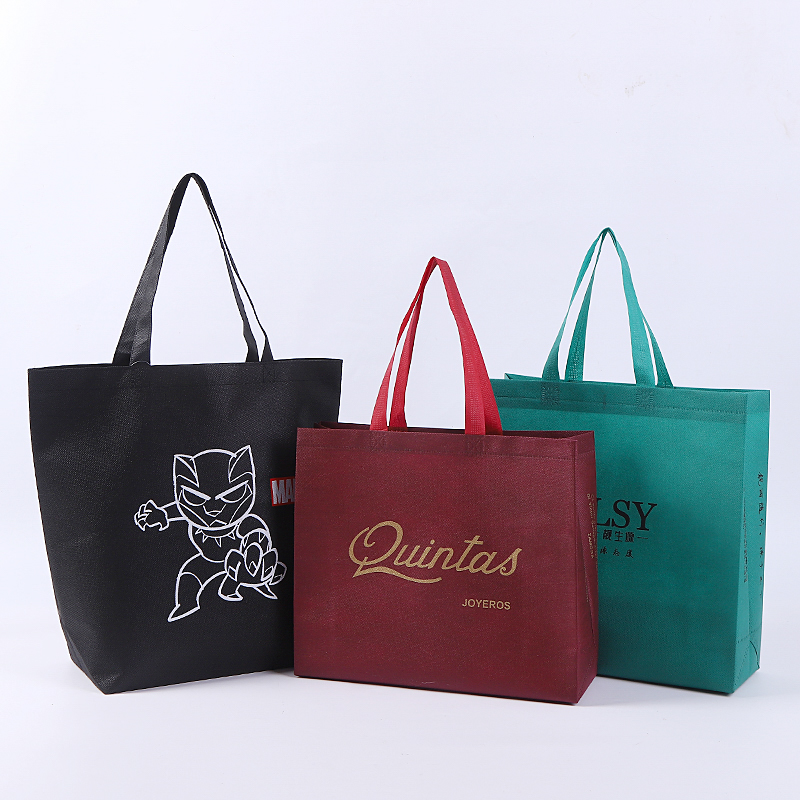
From materials to machinery, the non-woven bag industry is evolving fast. These seven innovations are reshaping production, boosting quality, and aligning with global sustainability trends.
Explore how each innovation is redefining manufacturing standards.
Use of Recycled and Biodegradable Materials
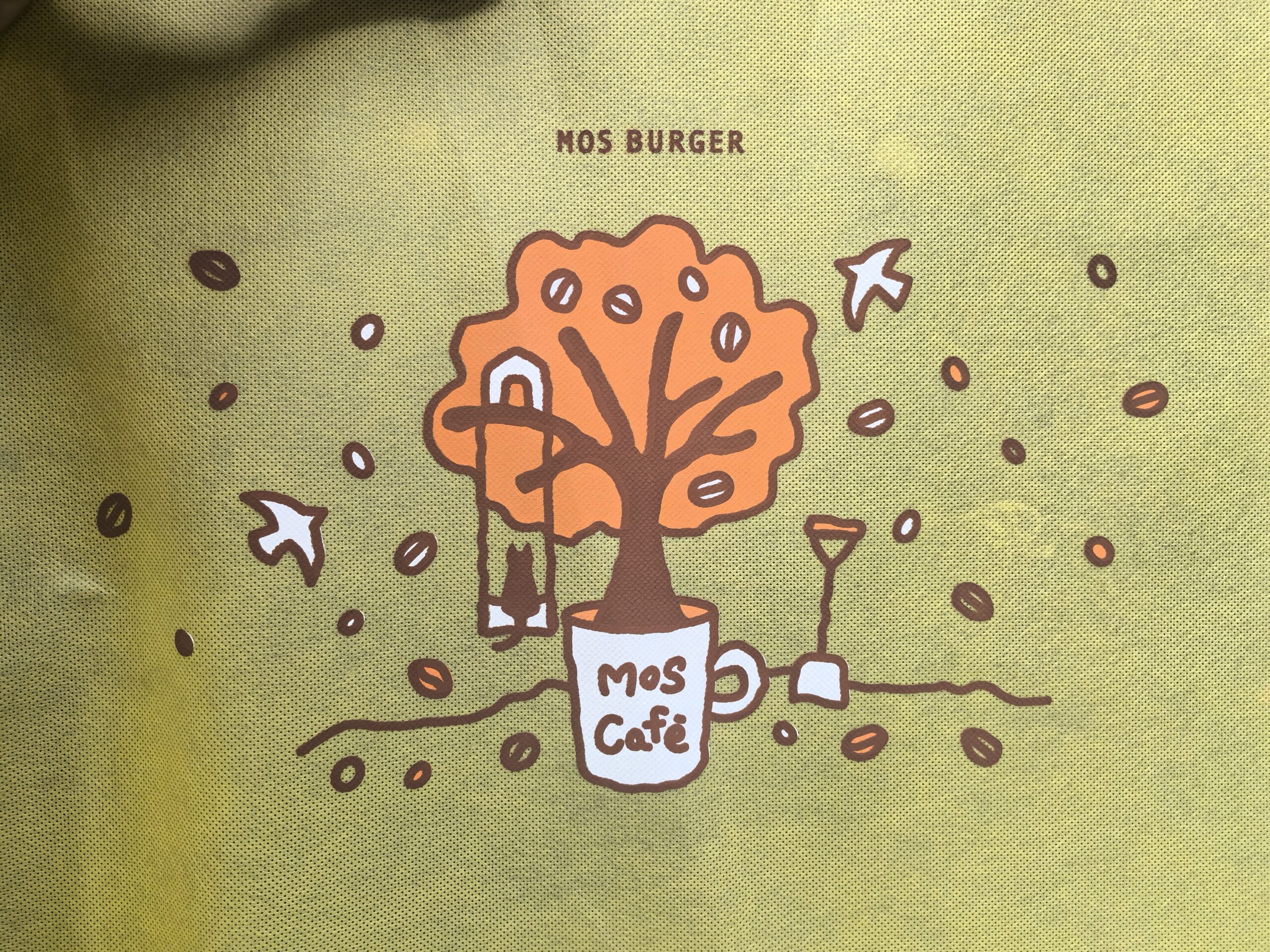
Sustainability continues to lead innovation in non-woven bags. Manufacturers now use recycled polypropylene (rPP) and blend synthetic fibers with natural ones like hemp or jute. These biodegradable materials help reduce landfill waste and support the circular economy.
Learn more about our eco-material options
Comparison of Sustainable Materials
| Material | Composition | Eco Benefit |
|---|---|---|
| rPP | Post-consumer polypropylene | Reduces plastic waste |
| Hemp blend | Hemp and synthetic fibers | Biodegradable, renewable |
| Jute mix | Jute and PP | Durable and compostable |
These materials appeal to both eco-conscious brands and regulatory bodies focused on green standards.
Reinforced Structures1 for Enhanced Durability
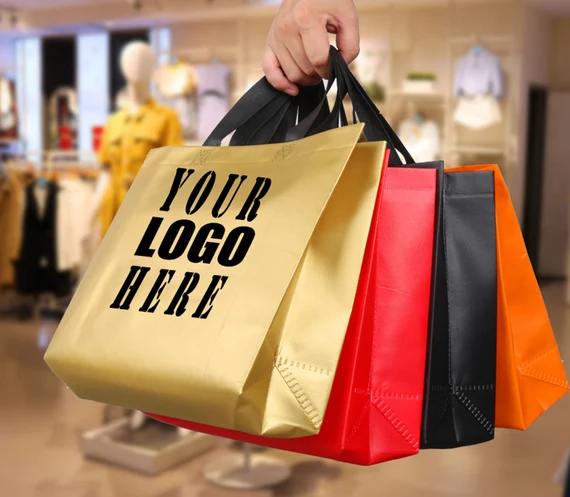
New bonding techniques and fabric layering methods now produce stronger, lighter bags. Multi-layer construction increases tear resistance while maintaining a lightweight feel, making these bags suitable for retail, groceries, and industrial loads.
Performance Features of Reinforced Bags
| Structure Type | Benefit |
|---|---|
| Dual-layer bonding | Higher load capacity |
| Cross-laminated PP | Improved shape retention |
| Stitched + welded | Enhanced seam strength |
These improvements make non-woven bags a viable replacement for heavier plastic or paper alternatives.
Water-Resistant and UV-Protective Coatings2
Manufacturers now apply advanced coatings that resist moisture and block harmful UV rays. This extends the lifespan of bags used outdoors or in wet conditions, protecting contents and preserving design quality.
Coating Functions and Applications
| Coating Type | Function | Ideal Use |
|---|---|---|
| Water-repellent | Keeps contents dry | Grocery, delivery, clothing |
| UV-protective film | Prevents color fading | Outdoor promotions, storage |
These features boost product value, especially in tropical and high-exposure regions.
High-Quality Digital Printing Technologies3
Modern digital printers allow full-color, high-resolution printing on textured non-woven fabric. These machines use eco-friendly inks, making it easy for brands to launch small, customized batches quickly and sustainably.
View our printing capabilities for non-woven bags
Benefits of Digital Printing
| Feature | Result |
|---|---|
| One-pass digital | Faster turnaround |
| Water-based ink | Environmentally safe |
| Variable data printing | Personalized branding |
This innovation supports marketing flexibility and visual consistency across campaigns.
Ultrasonic Bonding and Automated Assembly
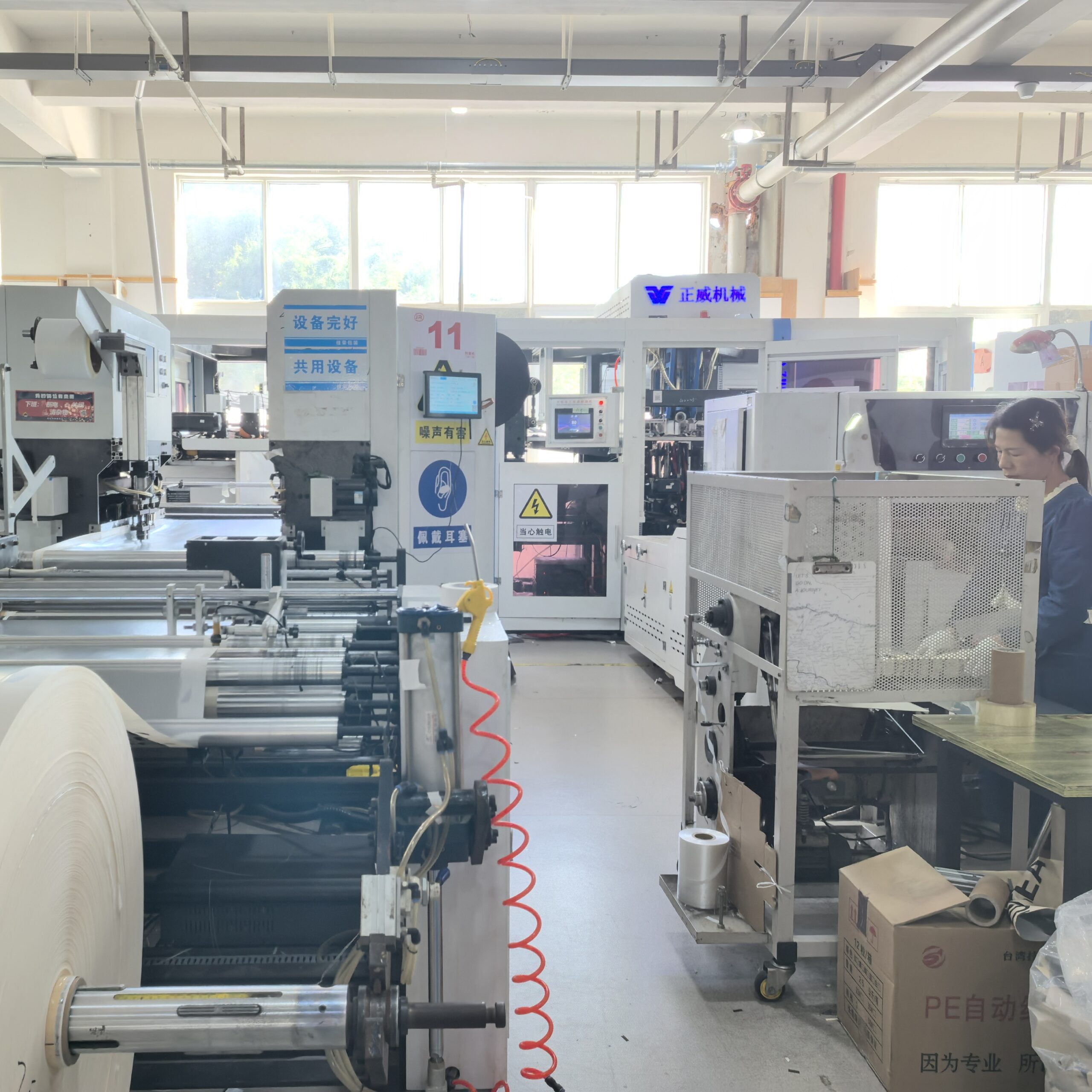
Ultrasonic welding replaces traditional stitching in many factories. It joins layers through vibration and heat, creating strong, clean seams with no thread or holes. Combined with automation, it increases production speed and reduces waste.
Discover our ultrasonic production capabilities
Bonding vs Stitching Comparison
| Method | Seam Strength | Speed | Material Waste |
|---|---|---|---|
| Stitching | Medium | Slower | Higher |
| Ultrasonic | High | Faster | Low |
Automated bonding helps manufacturers scale up without sacrificing product quality.
Energy-Efficient and Environmentally Friendly Production Processes
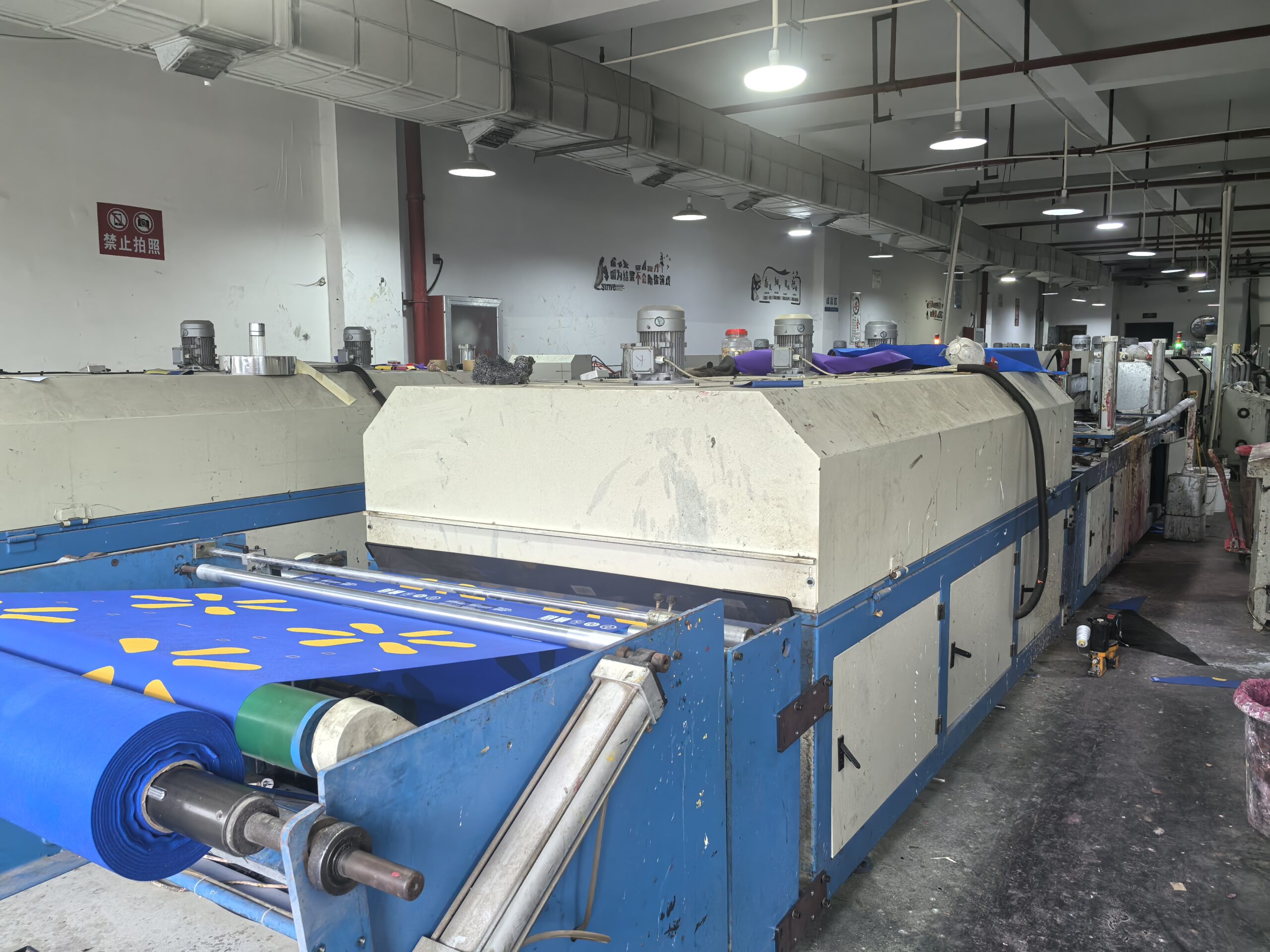
Factories are now integrating renewable energy and low-power machines. Solar panels, efficient bag-making machines, and heat-recovery systems reduce electricity usage and emissions.
See how JiaRong promotes sustainable production
Eco-Friendly Manufacturing Practices
| Technology | Environmental Benefit |
|---|---|
| Solar-powered plants | Reduces grid energy demand |
| Low-energy motors | Cuts electricity use |
| Recyclable waste reuse | Reduces landfill waste |
These changes align with global climate goals and attract buyers seeking green suppliers.
Integration of Smart Features and Functional Enhancements
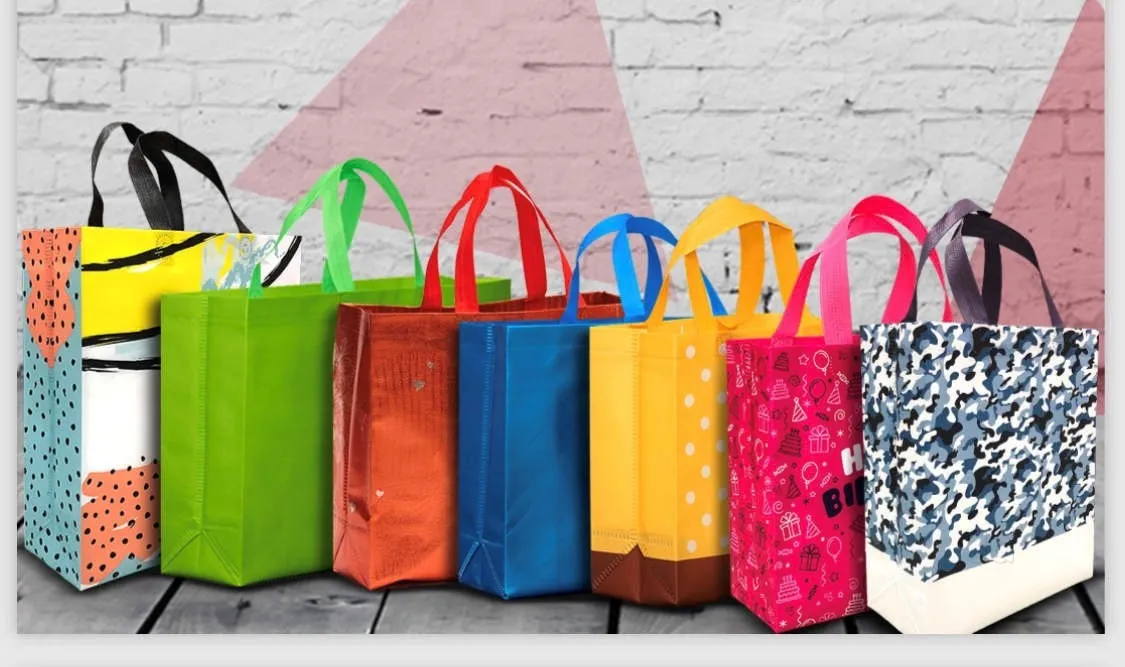
Modern non-woven bags now include added functionalities. Brands are requesting zipper closures, extra pockets, and smart tags like QR codes and NFC chips for user engagement and brand storytelling.
Explore custom smart features and designs
Functional Add-ons in 2025
| Feature | Benefit |
|---|---|
| Zipper closure | Secure item storage |
| Reinforced handles | Increases reusability |
| QR/NFC tags | Links to digital campaigns |
These enhancements improve user experience and boost marketing effectiveness.
Conclusion
In 2025, non-woven bag manufacturing is smarter, greener, and more adaptable than ever. From biodegradable materials to ultrasonic seams and solar-powered plants, the industry is setting new standards in quality and sustainability. At JiaRong Packing, we apply these innovations in our daily production to support global clients with reliable, modern packaging solutions. Explore our technology and product range to stay competitive in the fast-evolving bag market. Which innovation do you value most in your supply chain? Share below!
